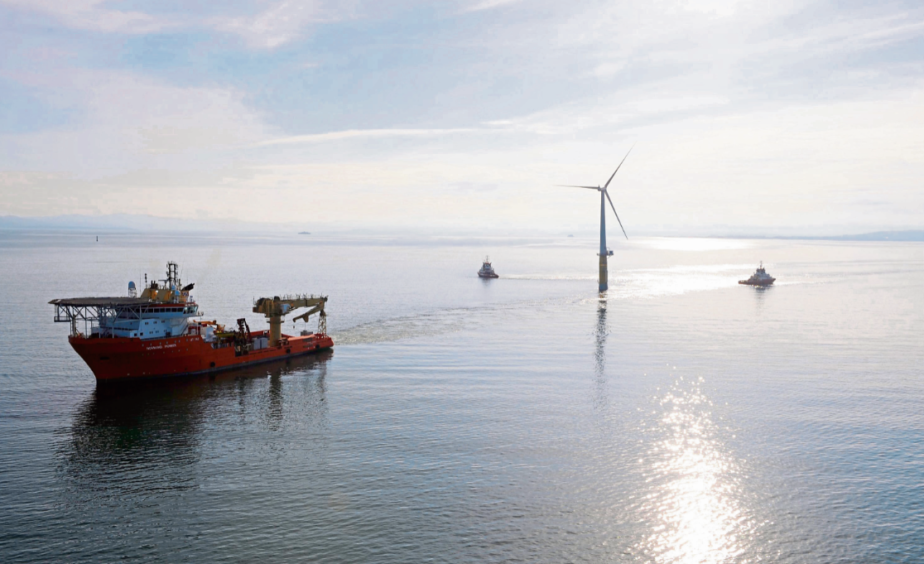
The Crown Estate made a record profit of £1.1 billion in the last 12 months, driven by increased revenue from offshore wind leases.
The King’s property group made £443 million in the previous financial year, with most of the £658m increase coming from fees paid by the developers in the fourth seabed leasing round.
This saw rights to build six new offshore wind farms — in the North Sea and off the coasts of Cumbria, Lancashire and north Wales — sold off.
In total, the round in January 2023 brought in just over £1b of revenue for the Crown Estate. As of the end of 2023, the body’s overall portfolio was worth a total of £15.5bn.
The record profits come as the new Labour Government looks to give the body more powers to invest its money.
The Crown Estate Bill comes with the purported target of modernising the body, including widening its investment powers and giving it the powers to borrow in order to invest at a faster pace.
Currently, The Crown Estate needs to retain its cash reserves in case of future financial losses.
By giving it the powers to borrow money from the Exchequer, the bill aims to give the body more freedom to invest in new projects.
The bill will also widen the group’s investment scope, allowing it to fund activities such as digital technologies to support offshore energy development and port infrastructure.
The profits were affected by the option fee mechanism, where developers are required to pay option fees every year until they sign a formal lease.
Chief executive of The Crown Estate Dan Labbad noted that since the developers are move through the process and will stop paying option fees, “both the revenue and value attributed to Round 4 are short term in nature and over the coming years The Crown Estate’s revenue and valuation will normalise”.
He added: “Round 4 income should be relatively consistent in 2024/25, and we expect profit to decrease to more typical levels as projects enter the development phase. We also anticipate that the option fees for successive leasing rounds, which are set at auction, will be lower – although we expect underlying group profits to continue to grow.”
The Crown Estate has additional offshore wind leasing rounds in development, with a fifth leasing round expected to establish projects in the Bristol Channel.
Another is being planned for the Celtic Sea, which could add up to 4.5GW of floating wind capacity.

